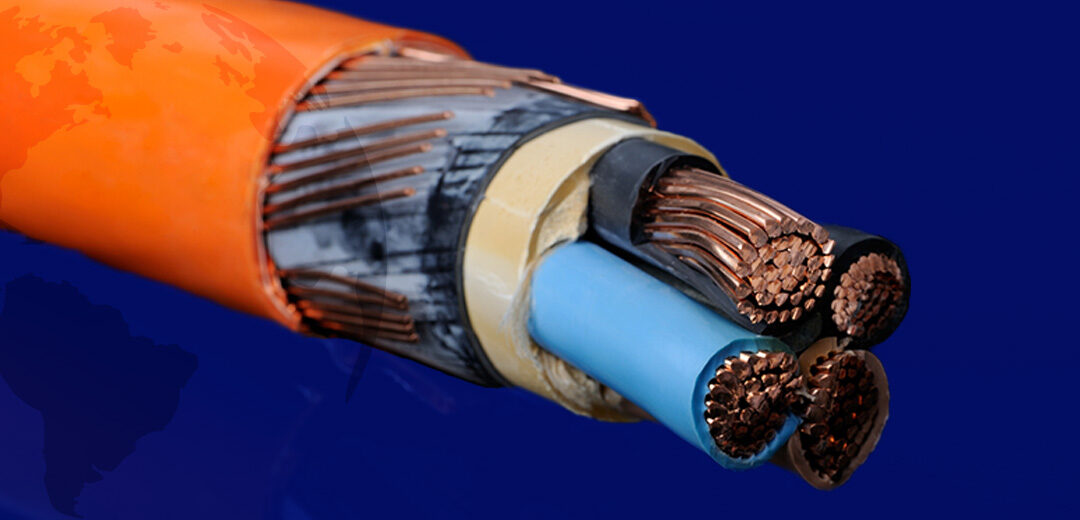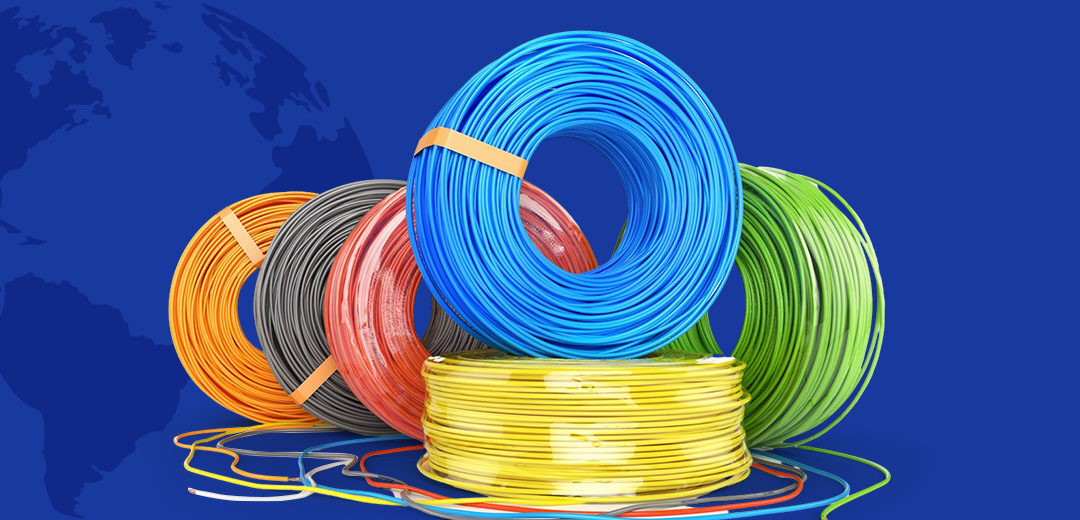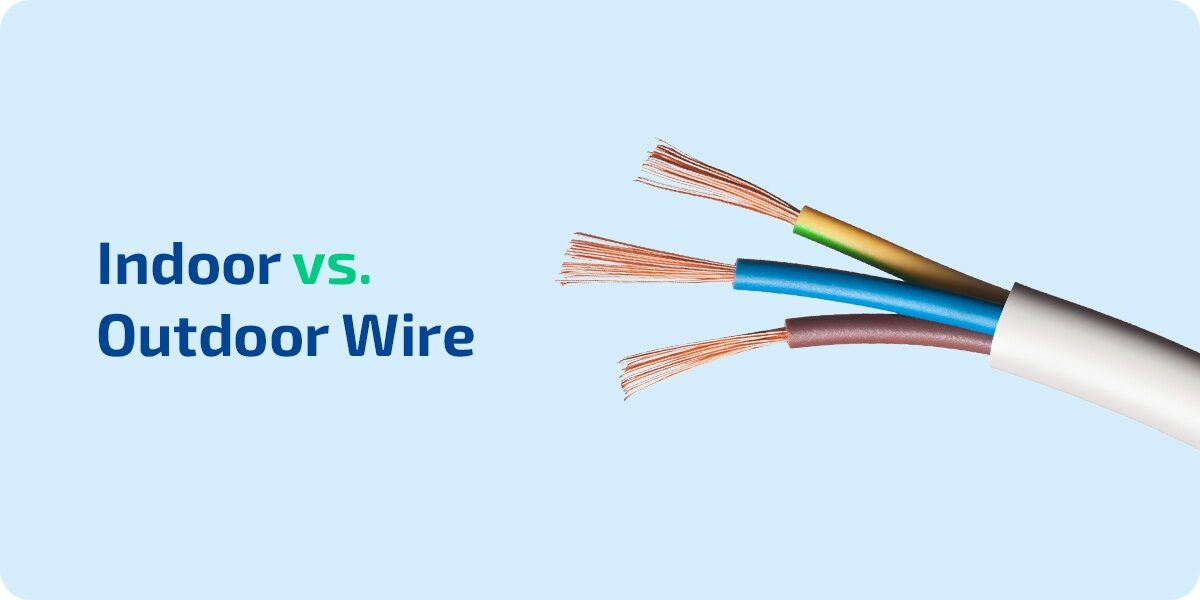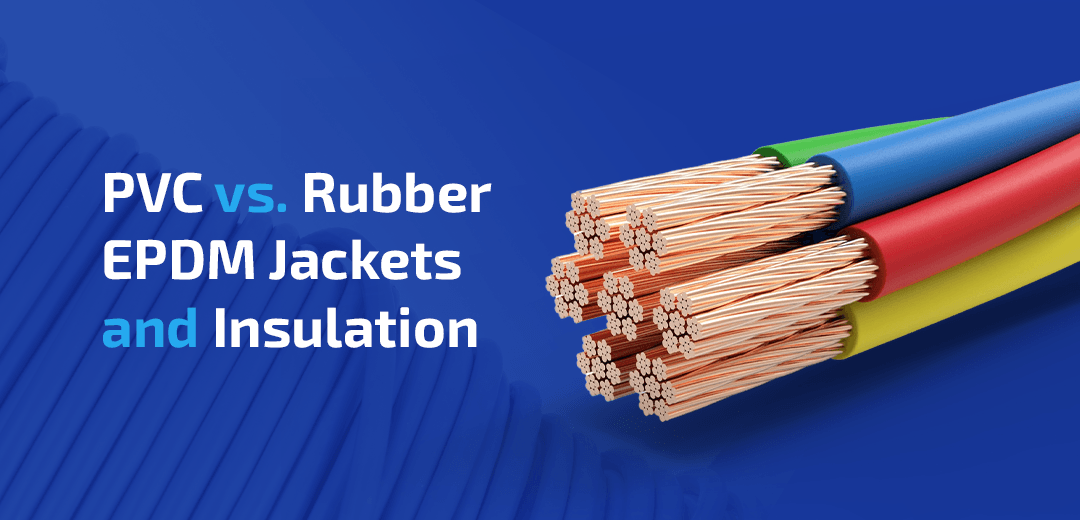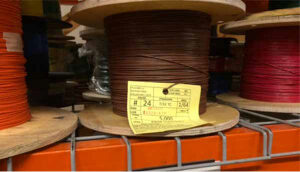What Is PTFE Wire?
PTFE wire is made of fluorinated thermoplastic insulation that is flexible, nonreactive and hydrophobic. That means it can bend extremely well without damaging the wire or the coating, and it resists ingress by chemicals and water. These qualities are critical in a wide range of devices. A more extensive list of PTFE’s protective properties includes…
Type W vs. Type G Cables
The Type W and Type G power cables are very similar. These industrial-strength power cables suit nearly the same applications. They can be used in many homes and job sites to power machinery. Both cable types have 2,000-volt-rated rubber insulation. They are rugged enough to be run over by trucks and dragged across rocky areas. Despite their…
Tinning & Twisting UL1015 Wire
Tinning and twisting UL 1015 wire is necessary to help create a strong and reliable electrical connection. Tinning the wires with solder helps improve their conductivity and corrosion resistance, while twisting the wires helps prevent them from loosening or separating over time. Wire tinning and twining are quick, easy and efficient if you’re a contract…
Indoor vs. Outdoor Wire
While indoor and outdoor wires may have some similarities, their differences have significant ramifications. Outdoor and indoor wiring fall under different safety codes and use various materials depending on the application. Using a wire in the wrong location can be a critical error, leading to damaged wiring and significant safety risks, not to mention non-functioning…
Why Are There Different Types of 18 Gauge Lead Wire?
Different types of 18 awg lead wire are engineered each time there is a new application because there are different circumstances in each situation. The common denominator with each lead wire is the amount of electricity that can travel through a copper wire as thick as 18 awg. The differences are voltage, environmental temperature and possibly weather…
PVC vs. Rubber EPDM Jackets and Insulation
Assume you need four wires to power your connection. Running each wire individually would be the old-fashioned way, but now, manufacturers surround all four wires with a polyvinyl chloride (PVC) or rubber jacket for protection and ease of installation. These two options, rubber and PVC, have different benefits, making them appropriate for varying situations. Knowing the difference between these two outer layers can…
Wire and Cable Acronyms Explained
Every industry uses abbreviations, and some of them can be confusing to the uninitiated. Electronics acronyms indicate a feature, material, uses and even safety ratings for products like wires and cables. This post should help clear the air. What Does TFFN/THHN/THWN Mean? Insulation on commonly used electrical building wire comes in three forms. Thermoplastic flexible…
Tools and Materials Needed to Manufacture a Soldered Thermistor with UL1007 Hook Up Wire
In order to manufacture a soldered thermistor, you will need hook up wire, the appropriate type of thermistor, lead free solder, a solder iron, a solder tin pot and possibly a wire cutting machine
Cutting, Stripping and IDC Crimping UL1007 18 AWG Wires
Buy Hook-up Wire here Table of Contents Cutting, Stripping and IDC Crimping UL1007 18 AWG Hookup Wire UL1007 18 AWG Wire Cutting and Stripping UL1007 18 AWG Wire IDC Crimping UL1007 18 AWG Wire Final Quality Control Check ………………………………………………… Cutting, stripping and IDC crimping a wire harness is a simple job to complete, and I’ll…
UL1007 PVC Hook Up Wire Guide
UL1007 wire is an excellent general-purpose wire alongside UL1015 and Type E wires. Also known as PVC 300-volt lead wire, UL1007 uses polyvinyl chloride (PVC) insulation, offering chemical and heat resistance. It is dual-rated with UL1569 and features a conductor of tinned copper strands. This adds chemical, fire, water and ultraviolet resistance to the wire.…

